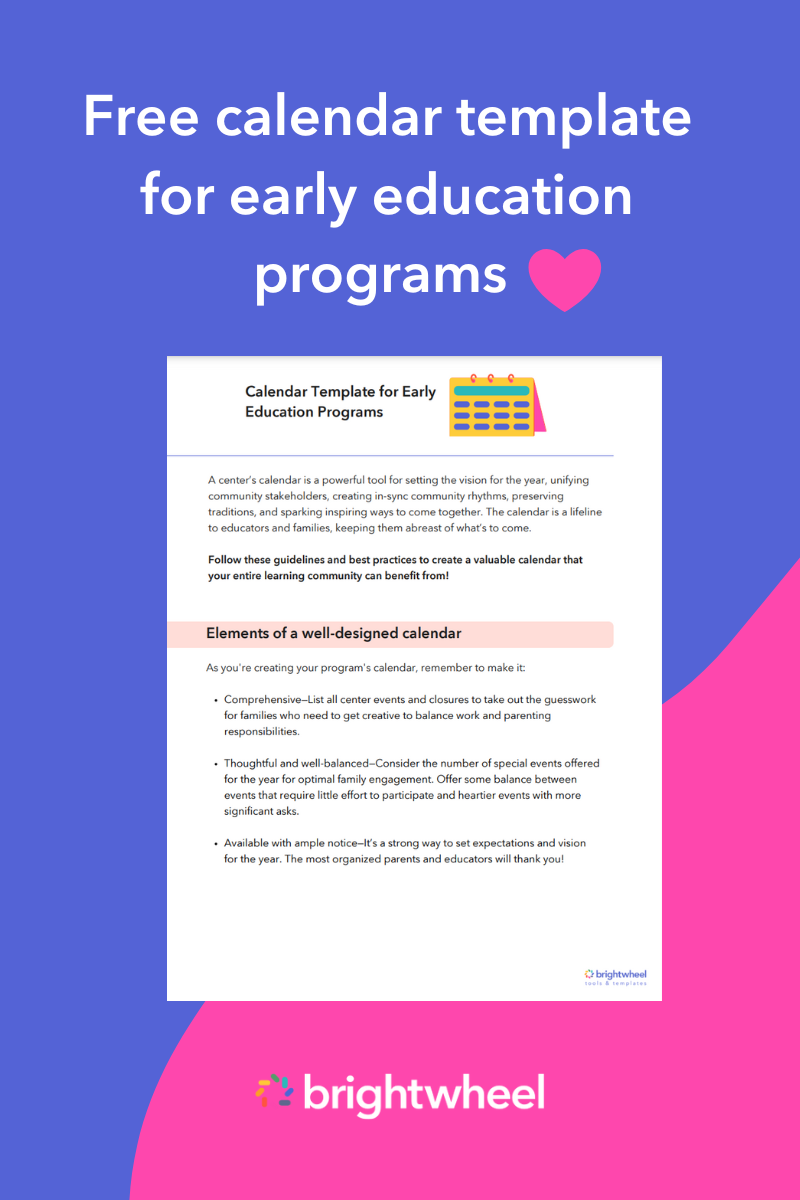
Celebrating diversity in your home or classroom isn’t only a great way to teach young children about tolerance and acceptance, but it’s also a way to discuss the history and traditions of different cultures. Asian American and Pacific Islander (AAPI) Heritage Month is a perfect opportunity to recognize and teach about the contributions that Asians and Pacific Islanders have made in the United States and Canada.
This article will provide some tips on how to incorporate lessons around AAPI Heritage Month into your curriculum and offer some fun and age-appropriate activities that you can use to teach children about diverse cultures all year long.
What is Asian American and Pacific Islander Heritage Month?
Asian American and Pacific Islander Heritage Month—also known as Asian Heritage Month in Canada—is celebrated in May each year to honor the achievements of Asian and Pacific Islander Americans and Canadians in medicine, education, politics, entertainment, sports, and many other important fields.
The month of May was chosen in the U.S. to commemorate the arrival of the first Japanese immigrants to the United States in May of 1843 and the completion of the First Transcontinental Railroad (an effort largely fueled by Chinese immigrants) in May, 1869.
For educators, it’s a perfect time to discuss the rich cultures of Asian Americans, Native Hawaiians, and Pacific Islanders. From food and music to books and art, you can incorporate diverse materials and activities into your lessons to help children learn about these groups and the important roles they have played in our nation’s history.
How to explain Asian American and Pacific Islander Heritage Month to Preschoolers
Teaching young children about Asian American and Pacific Islander Heritage Month and AAPI cultures won’t always be easy—telling an honest account of the history of these groups involves decades of hardships, racism, and injustice. And it’s important not to completely gloss over these areas when teaching about AAPI history.
But like all classroom activities and events that promote values of diversity, equity, and inclusion, the most important thing is creating a learning environment that encourages discussion, questioning, and celebrating one another’s differences.
Give an honest account of the histories of Asian-Pacific immigrants who came to the United States. Talk about their hardships and how they were mistreated when they arrived. Celebrate the perseverance of the community and share success stories of Asian and Pacific Islander Americans in fields like science, education, sports, and politics.
Throughout your lessons, be sure to continuously reinforce the significance of diversity, equity, and inclusion so that your children understand the importance of accepting and respecting others and honoring our shared humanity.
How to celebrate Asian American and Pacific Islander Heritage Month
Celebrating AAPI Heritage Month is a great time to emphasize concepts like open-mindedness and acceptance while teaching about Asian and Pacific Islander culture. But it’s important to ensure your lessons aren’t just fun—they should also be accurate and appropriate.
Do your research first
If you’re unfamiliar with AAPI history, be sure to study and learn yourself before introducing your lessons. It’s important that you have a strong understanding to give an honest account of the meaning behind AAPI Heritage Month celebrations and answer any questions children have truthfully.
Be mindful of cultural appropriation
Before implementing your lessons, be sure you avoid stereotypes and understand if anything you say or do will be perceived as controversial or harmful to your children, families, or others in the community (e.g., understand the cultural significance of any clothing or garments you choose to wear to support your lessons and whether they’re disrespectful when worn in the wrong context).
Allow children to be part of the lessons
If you have any children in your class who are of AAPI ethnicity, allow them to share their background and experiences with others. Alternatively, you can expand your lessons to include the backgrounds of all children and let everyone share what makes them special.
Include examples of other cultures
While Asian and Pacific Islander Americans should be the focal point of AAPI Heritage Month lessons, children and their families are likely to identify with many other celebrations and annual observances as well, like Black History Month or Hispanic Heritage Month. Incorporate opportunities to celebrate all forms of diversity with children in your class.
Asian American and Pacific Islander Heritage Month activities
Here are a few fun and engaging activities to celebrate Asian American and Pacific Islander Heritage Month in your classroom.
Read books with AAPI characters
Reading books with AAPI characters or books written by AAPI authors is a simple and effective way to incorporate Asian American and Pacific Islander Heritage Month lessons into your curriculum while also showing the value of representing diverse perspectives, traditions, and cultures. You can find a selection of reading recommendations for young children here.
Play Asian and Pacific Island music
Exploring music from around the world is a great way to introduce children to sounds from different cultures. Use age-appropriate music from AAPI artists or play instruments that are indigenous to Asian-Pacific countries.
Have fun with snack time
Your children likely eat foods every day that are indigenous to Asian-Pacific countries. Foods like rice, noodles, sweet potatoes, bananas, pineapples, and so many more originated in countries that are celebrated during AAPI Heritage Month. Teach children about these foods and where they come from.
Explore a map or globe
Take a journey to Asia, Hawaii, and the Pacific Islands, showing children the dozens of countries that make up this area. You can use a globe, a wall map, or explore online. Alternatively, you can focus lessons on single countries, discussing foods, music, and other important inventions or discoveries that originated there.
Try origami or other arts and crafts
It’s believed that paper was invented in China nearly 2,000 years ago. And many believe origami was invented several hundred years later in Japan. While there is some speculation on its origins, the unique art of folding paper into intricate shapes is a great activity to share with children to celebrate AAPI Heritage Month. You can find numerous options for easy origami shapes online, and here are a few to get started.
Conclusion
Celebrating Asian American and Pacific Islander Heritage Month is a great way to teach children about AAPI culture and history. But your lessons don’t have to stop after May. Find ways to incorporate diverse activities and teachings all year long so that children have a strong foundation for respecting other cultures, valuing each other’s differences, and treating others with respect.
Honor the diversity of your community by acknowledging other important celebrations throughout the year:
- Black History Month
- Hispanic Heritage Month
- Juneteenth
- Native American Heritage Month
- Pride Month
- Women's History Month

